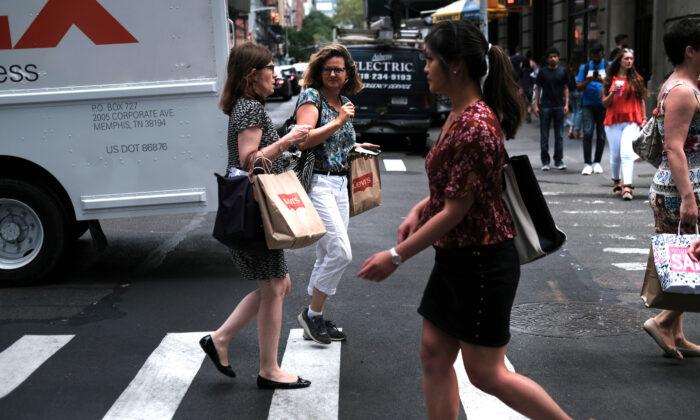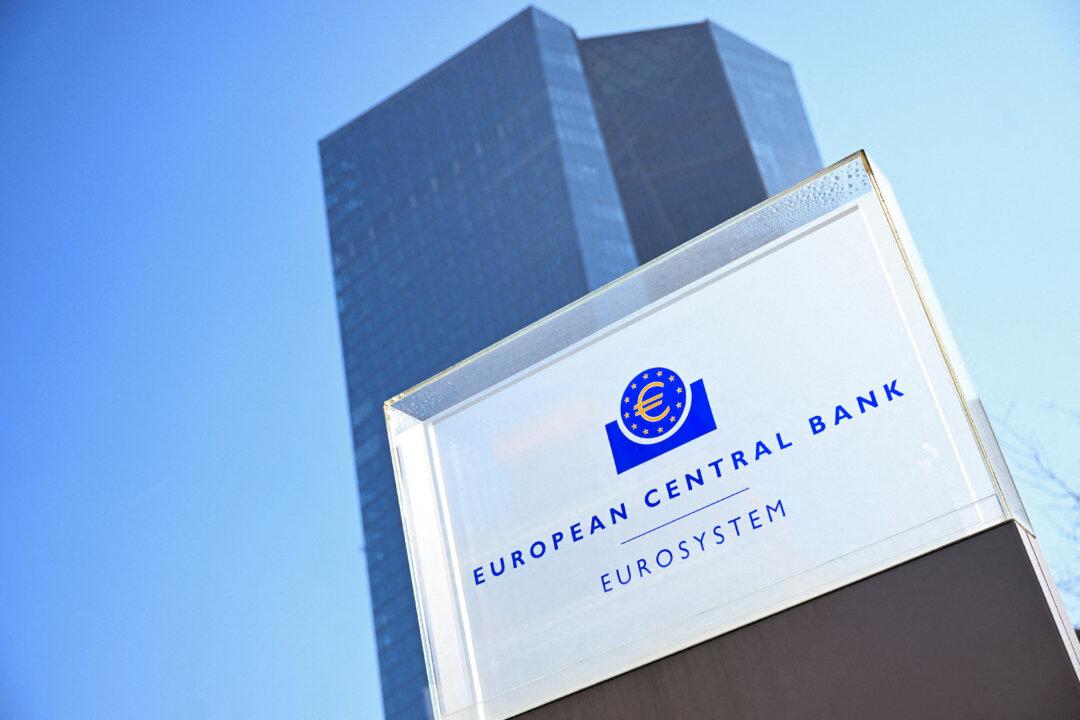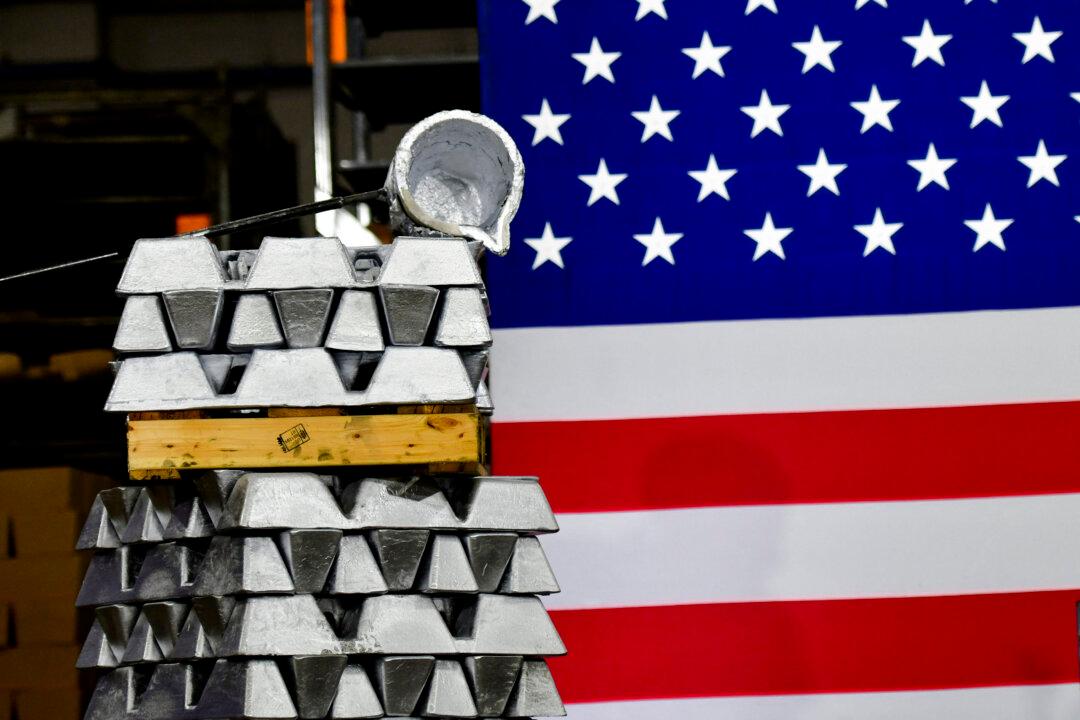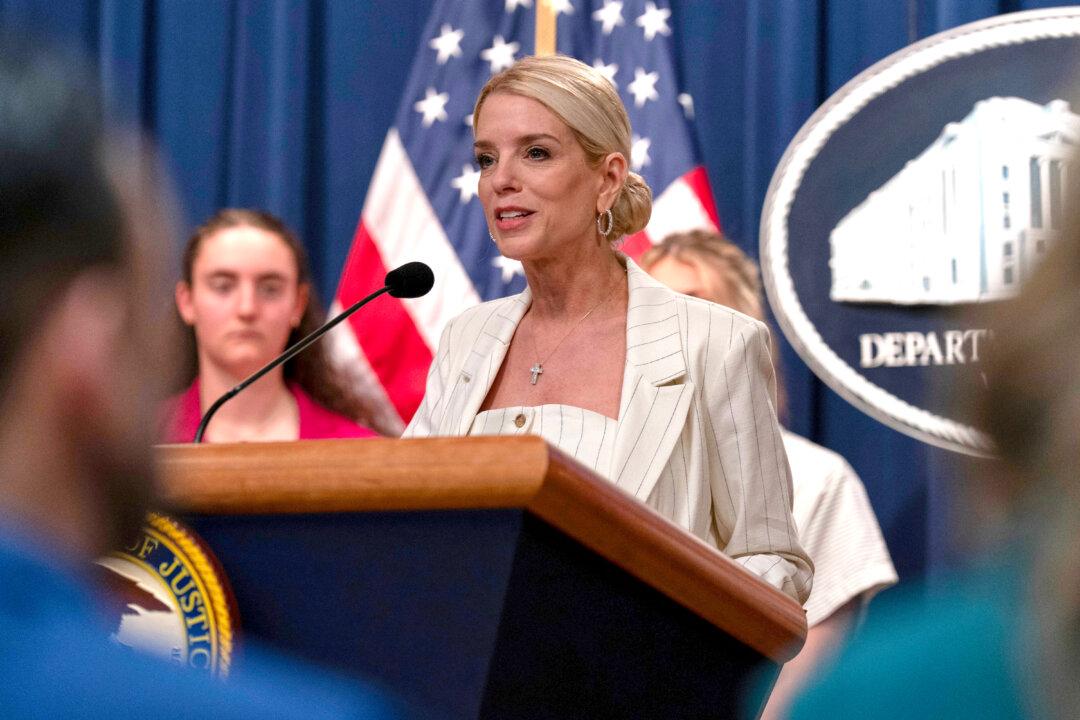American consumers spent more than expected in July, reinforcing expectations for a sharp rebound in economic growth in the third quarter, as consumer spending accounts for around 70 percent of U.S. gross domestic product.
White House economic adviser Larry Kudlow, speaking at this week’s Republican National Convention, talked up the possibility of a sharp, V-shaped recovery.
“There’s a housing boom. There’s an auto boom. A manufacturing boom. A consumer spending boom,” Kudlow said, listing areas of activity that are seeing a rebound and reiterating his conviction that America’s economy can avoid a double-dip recession.
“A V-shaped recovery is pointing to better than 20 percent growth in the second half of this year,” Kudlow said of his expectations for the annualized GDP growth rate, adding that the Trump administration plans to implement more tax cuts to stimulate investment and create jobs.
“We are clearly in the second phase of the recovery, driven by underlying fundamentals rather than purely the surge in activity as household reengaged,” said James Knightley, chief international economist at ING in New York. “This reinforces our view that a V-shaped recovery will not happen, and the U.S. economy is unlikely to recover all of its lost output until mid-2022.”
In a bid to support the labor market after the $600-a-week pandemic jobless benefit expired at the end of July, President Donald Trump signed an executive order earlier this month offering $300 a week in federally funded enhanced unemployment benefits, and called on states to provide an additional $100 a week. While more and more states are applying for the Lost Wages Assistance program to disburse the $300 in extra benefits, so far only five have said they plan to kick in the additional $100.
While the Commerce Department report showed that spending on goods has rebounded above pre-pandemic levels, outlays on services are below February levels as consumers remain wary of exposure to the virus. That is a bad sign for the services-based economy, which slipped into recession in February.
America’s record-long economic expansion that saw unemployment fall to 3.5 percent was cut short by the pandemic. Lockdowns and business shutdowns decimated the labor market, with 20.5 million jobs lost and the unemployment rate surging to 14.7 percent in April, both post-World War II records.
While economists expect a sharp rebound in GDP in the third quarter, led by consumer spending, many are cutting their forecasts for the fourth quarter amid lingering virus uncertainty.





